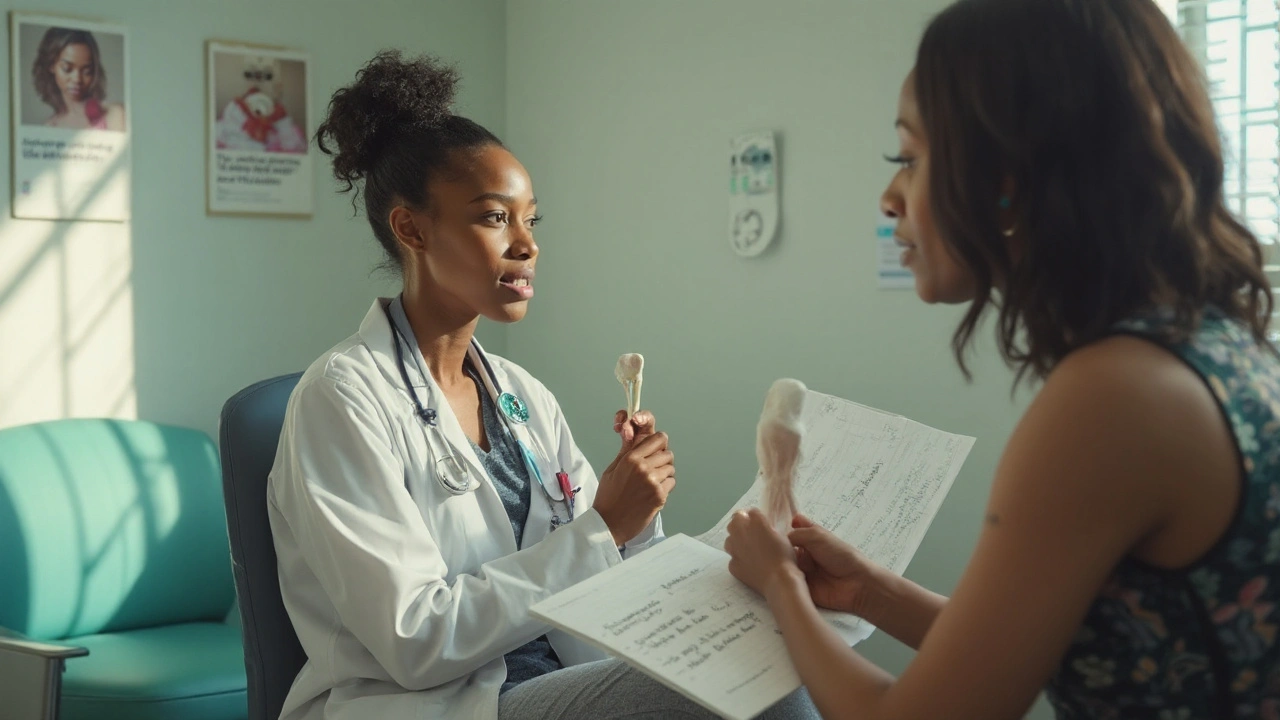Ovarian Cancer Risk: Key Factors and Simple Ways to Reduce It
Ovarian cancer isn’t something most people think about every day, but knowing the risk factors can make a big difference. Some things you can’t change, like age or family history, still matter. Others, like lifestyle choices, are completely in your control. Below we break down the main drivers of risk and give you practical tips you can start using right now.
What Raises Your Odds?
Age – Most cases show up after 50. That doesn’t mean younger women are safe, but the numbers climb sharply once you hit menopause.
Family history and genetics – If a mom, sister, or aunt had ovarian or breast cancer, your chance goes up. Certain gene mutations, especially BRCA1 and BRCA2, can jump the risk to as high as 20‑40%.
Reproductive history – Women who never gave birth or had their first child after 35 have a slightly higher risk. Hormone‑related conditions like endometriosis can also play a part.
Hormone use – Long‑term use of estrogen‑only hormone replacement therapy (HRT) has been linked to higher risk. Birth control pills, on the flip side, actually lower risk when taken for several years.
Obesity – Extra body fat can increase estrogen levels, which may feed certain ovarian cancers. Keeping a healthy weight helps on several health fronts.
How to Lower Your Risk
First, talk to your doctor if you have a strong family history. Genetic testing can pinpoint BRCA mutations, and there are preventive options like regular screenings or even risk‑reducing surgery for high‑risk women.
Second, consider birth control pills if you’re looking for a reliable way to cut risk. Studies show a 30‑50% drop in ovarian cancer for women who use them for five years or more.
Third, stay active and watch your weight. Simple activities like walking, cycling, or swimming—just 150 minutes a week—can keep estrogen in check and improve overall health.
Fourth, maintain a balanced diet rich in fruits, vegetables, whole grains, and lean protein. Some research points to a protective effect from foods high in antioxidants, such as berries and leafy greens.
Finally, keep an eye on symptoms. While early ovarian cancer often has no clear signs, persistent bloating, pelvic pain, difficulty eating, or changes in bathroom habits should prompt a doctor’s visit. Early detection improves outcomes dramatically.
Putting these steps together isn’t a one‑size‑fits‑all plan, but each choice adds up. Even if you can’t change your genetics, you can influence lifestyle factors and stay on top of medical advice. Knowledge plus action equals a lower chance of facing ovarian cancer later in life.
Chlamydia and Ovarian Cancer Risk: Evidence, Symptoms, and What To Do Now
Does chlamydia raise ovarian cancer risk? Clear UK guidance on the evidence, personal risk, testing, symptoms, and what to ask your GP.






